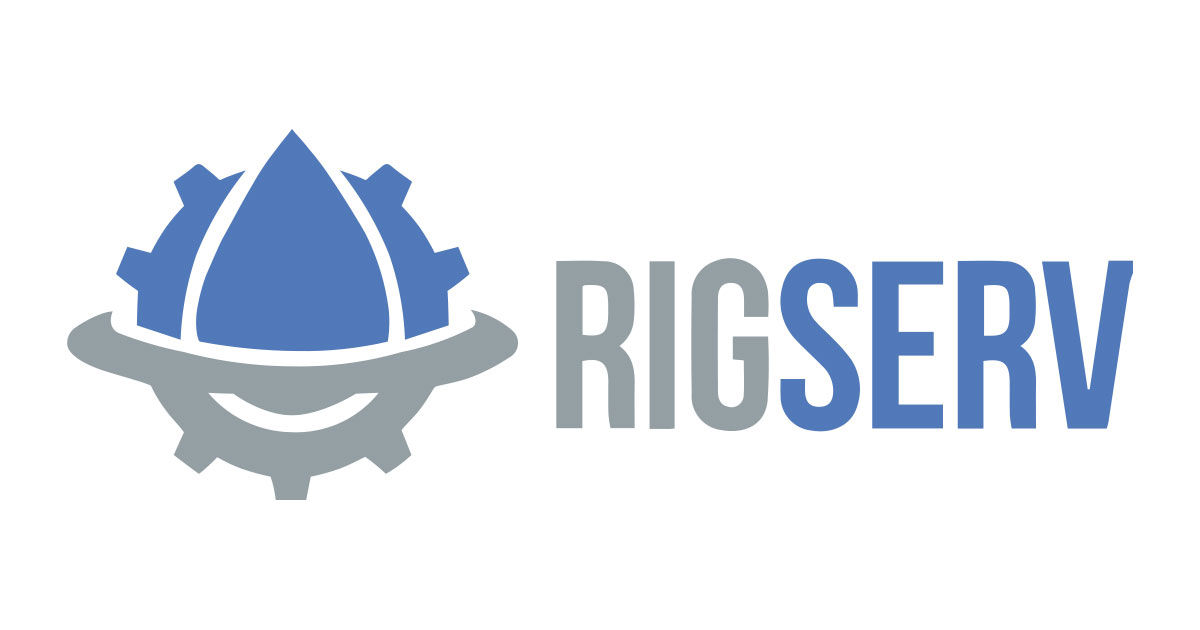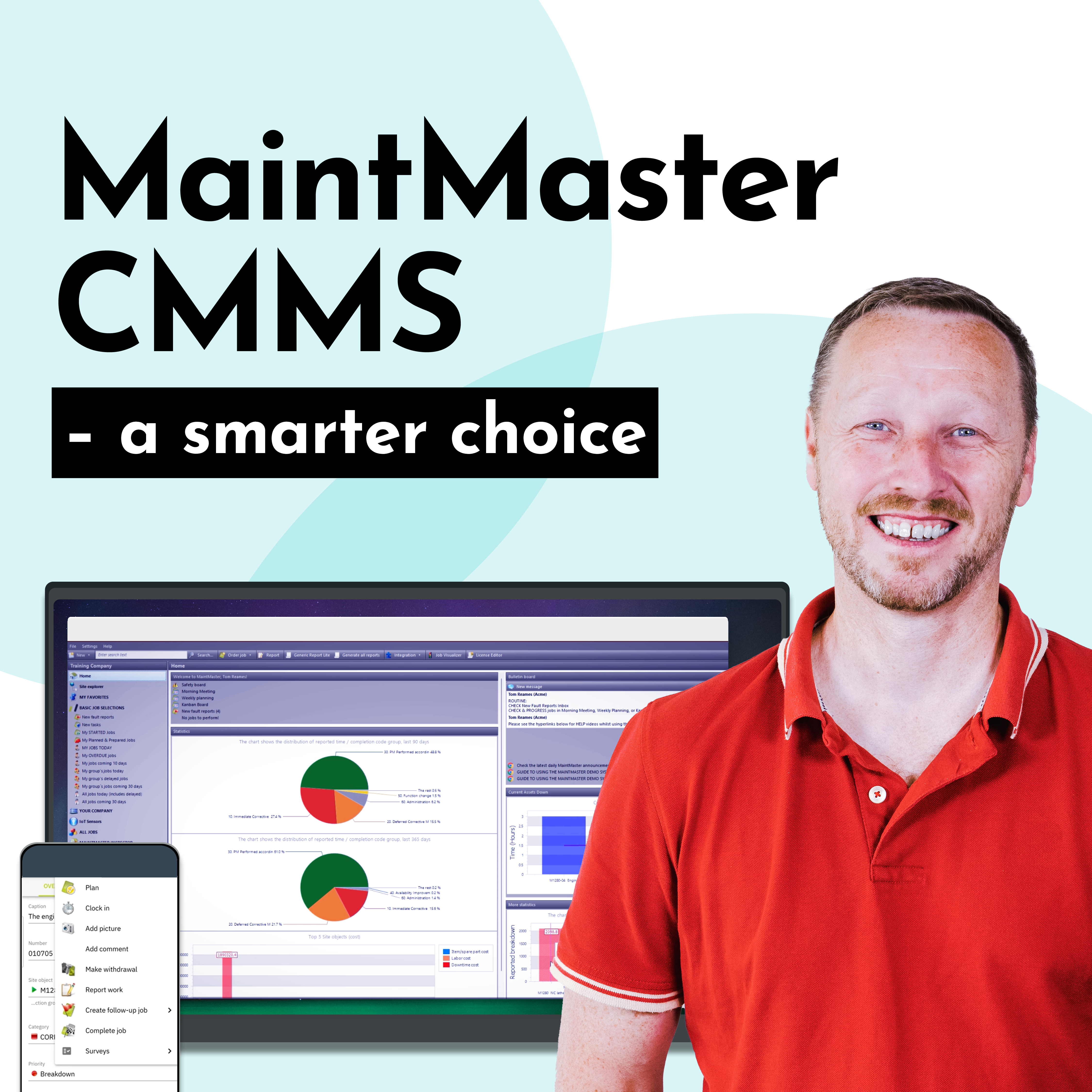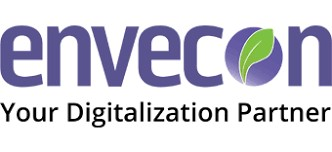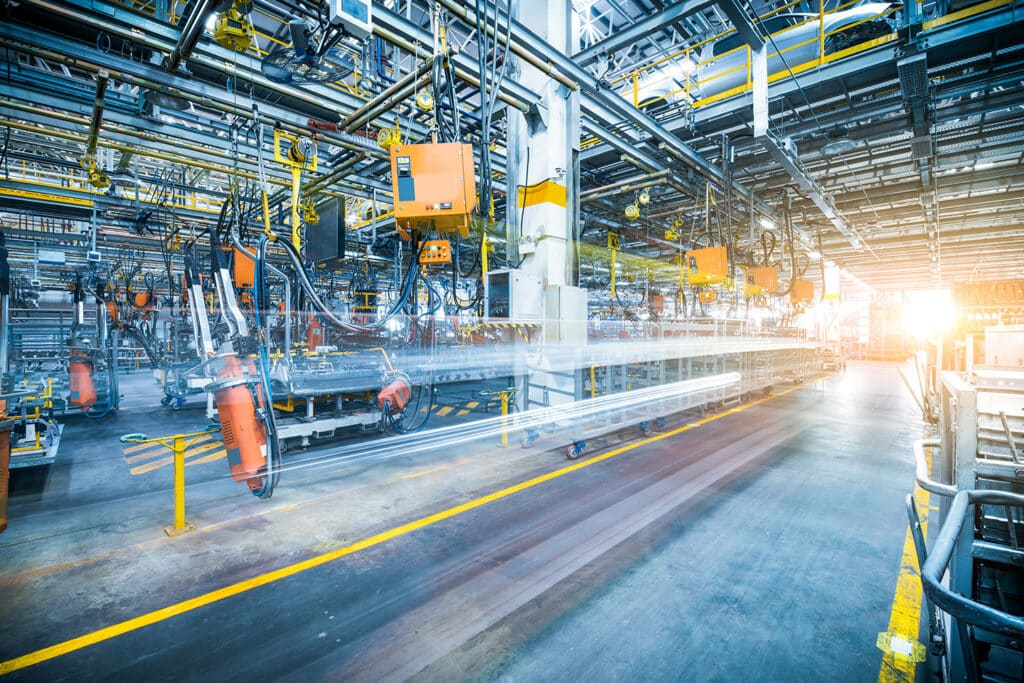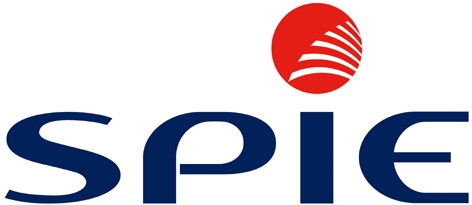
SPIE Nederland, the Dutch subsidiary of SPIE, the independent European leader in multi-technical services in the areas of energy and communications, and Enterprise Asset Management (EAM) Software leader, IFS Ultimo, have joined forces to enhance asset management and maintenance for customers. As of now, SPIE Nederland’s Business Unit Maintenance Solutions will act as an implementation partner for IFS Ultimo in the Netherlands.
The mission of SPIE’s Business Unit Maintenance Solutions is to help customers improve their key maintenance performance. SPIE adds true value for its customers by supporting them in developing, coordinating, and executing maintenance in line with asset management. EAM plays a key role in supporting maintenance processes nowadays. Using an EAM system ensures the best outcomes in relation to a company’s targets and objectives. It supports companies in their sustainable development approach, helping to reduce resources needed for maintenance, as well as energy consumption by improving the performance of assets. IFS Ultimo makes it easy to set up and track asset performance and facilitates organizations in maintaining their assets in an efficient and effective way. The user-friendly interface can be made fit for purpose by SPIE engineers and is compatible with many partner ERP systems and Industry 4.0 tooling.
SPIE has used IFS Ultimo’s EAM software to manage the assets of maintenance contracts of several customers, including some large Dutch governmental organizations, for many years. SPIE’s Business Unit Maintenance Solutions, in particular, uses the software on a daily basis since a large percentage of its customers use it to manage and optimize their maintenance activities. By partnering with IFS Ultimo, SPIE will be able to provide and implement the EAM software across the Netherlands.
Lesley Fraats, Business Development Manager, SPIE Nederland comments: “By partnering with IFS Ultimo, we build an even broader portfolio of expertise around EAM software. We combine our strengths so that our customers benefit from the best of both worlds: IFS Ultimo’s EAM tool, which adapts to the needs and requirements of their business, implemented by SPIE’s consultants, who have the best understanding of the environment in which the software will be deployed and used.
Maarten Meijer, Manager Channel Services, IFS Ultimo adds: “We see companies struggle with both opportunities and challenges that arise due to the fast-changing business landscape and digitalization. IFS Ultimo and SPIE customers will benefit from this partnership by experiencing the joint expertise of both companies from both a maintenance perspective on the work floor and a digitalization perspective. Our EAM software fits extremely well in this landscape and the specialists at SPIE will ensure that the IFS Ultimo software is implemented, used, and adopted in the most effective way.”
About SPIE Nederland
SPIE Nederland is a subsidiary of the SPIE group, the independent European leader in multi-technical services in the areas of energy and communications. SPIE Nederland provides advice and technical solutions in design, installation and maintenance of network systems and energy, infrastructure, industrial and building installations.
Employing almost 6,000 people at 41 locations, SPIE Nederland holds the number one position as technical service provider in the Netherlands.
With around 48,000 employees and a strong local presence, SPIE achieved in 2022 consolidated revenues of €8.09 billion and consolidated EBITA of €511 million.
About IFS Ultimo
IFS Ultimo is a SaaS EAM / CMMS solution from IFS, focused on maintenance & safety and well known for a rapid deployment, ease of use and an unparalleled time to value. IFS Ultimo is part of IFS.
IFS develops and delivers cloud enterprise software for companies around the world who manufacture and distribute goods, build and maintain assets, and manage service-focused operations. Within our single platform, our industry specific products are innately connected to a single data model and use embedded digital innovation so that our customers can be their best when it really matters to their customers—at the Moment of Service™️. The industry expertise of our people and of our growing ecosystem, together with a commitment to deliver value at every single step, has made IFS a recognized leader and the most recommended supplier in our sector. Our team of 5,000 employees every day live our values of agility, trustworthiness and collaboration in how we support our 10,000+ customers.
www.ultimo.com



